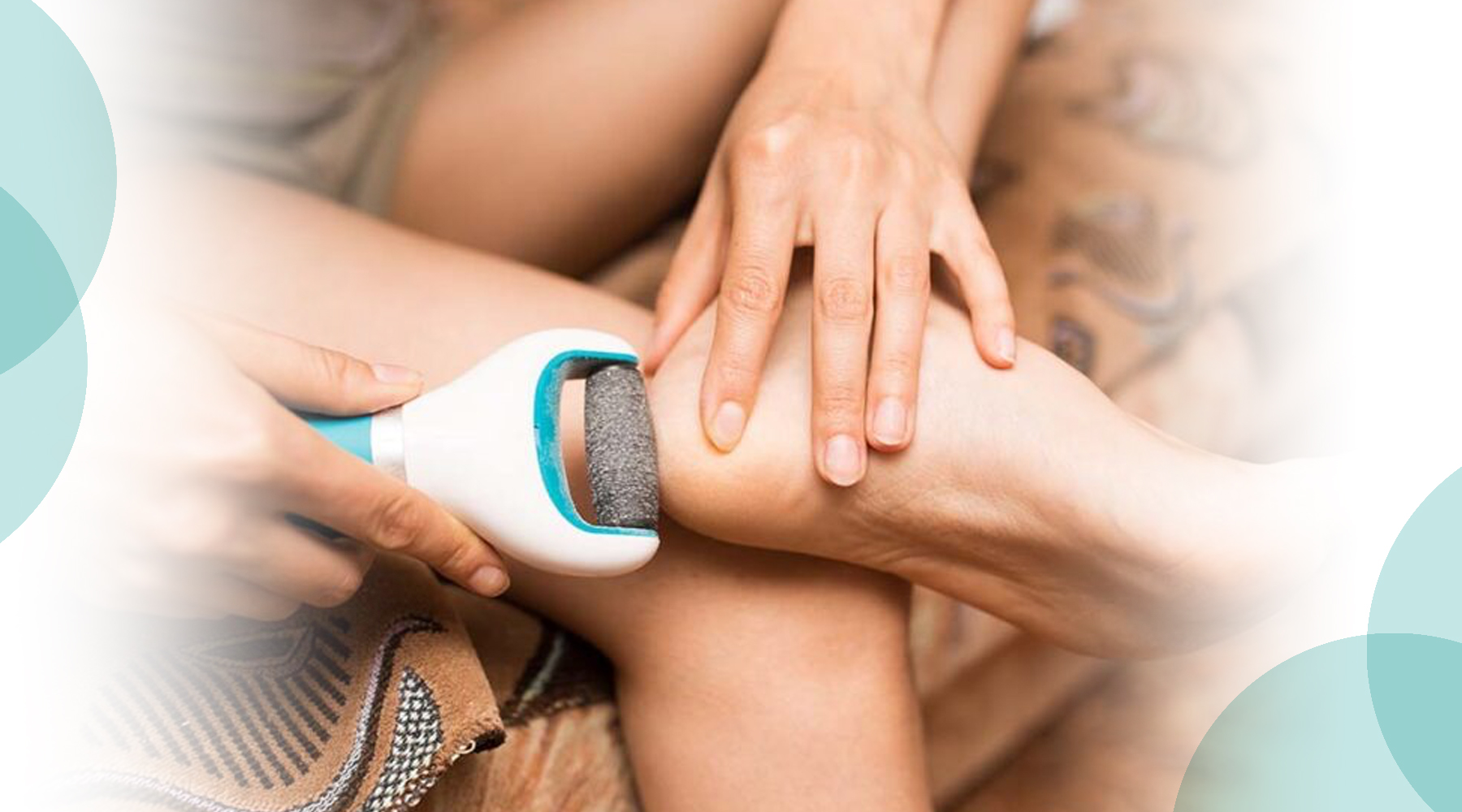While I wouldn’t suggest giving yourself an at-home haircut on a whim, there are certain DIY self-care rituals I highly recommend you try this instant. Using a pumice stone just happens to be one of them, but it’s notably high on the list.
If you’re looking for an easy and affordable way to give yourself an at-home pedicure on a regular basis, it’s time to invest in a pumice stone. But not so fast! To get the most bang for your hard-earned buck with this handy little tool, make sure you’re using it to the best of its ability. Your feet will thank you later.
The Perfect Home Pedicure Tool

When the pandemic struck, those who once penciled in their regular pedicure suddenly found themselves with nowhere to go. In turn, at-home peddis entered their renaissance period. And while many have returned to their usual salon treatment, a DIY pedicure remains a wonderful form of self-care. Not to mention, it’s significantly cheaper. You just need the right tools.
When it comes to at-home spa treatments (and particularly pedicures), pumice stones are often dubbed the holy grail. We may be able to get by without french tipped toes and a top-dollar foot massage, but nobody needs layers of dead skin and collected callouses on their feet. And so, it’s important to not only invest in a pumice stone but to know what it is and how to use it most effectively.
Where Does It Come From?
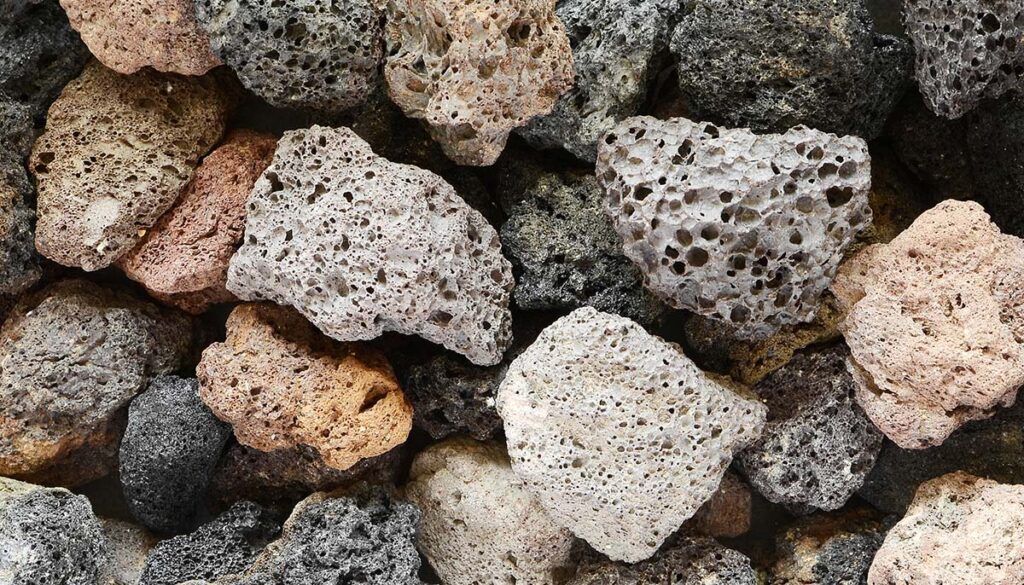
This wonderful foot tool is the product of mother earth. Created through the combination of water and lava, pumice stones are made of volcanic rock. The little holes on each slab of stone were created when the boiling lava cools with water mixed in, releasing gases through the pores.
Pumice stones come in many shapes, sizes, and strengths. They’re used for a wide array of purposes far beyond the human body, including degreasing stoves and scrubbing toilets until they’re sparkling. So finding the stones best suited for the foot is just as important as knowing how to use it.
What to Look For in a Pumice Stone
Again, different types of pumice stones have different uses. For instance, flatter stones are better for larger areas and round stones are best suited for edges and curves. And everyone has their preference on which ones are easiest to use.
In recent years, stones that boast a handle have gotten particularly popular because they make it easy to tackle hard-to-reach areas. They also allow more control. Stones that come with a rough and a smooth side function as a scrubbing and buffing all-in-one tool. Many skincare experts highly recommend double-sided stones for their varying pressure and resurfacing prowess.

There are also pumice stone alternatives on the market, including pumice tools made of terra cotta that come with a handle, two sides, and the guarantee to last up to five years. You have to replace the average pumice stone more often, as it gradually breaks apart with regular use.
Still, most pedicurists still prefer to use natural stones. For one thing, they’re better for the environment. But most notably, the general consensus is that they work better. No matter the variety you choose, getting the most out of your pumice stone comes down to abiding by the pumicing dos and don’ts.
Dont: Scrub Too Rigoriously
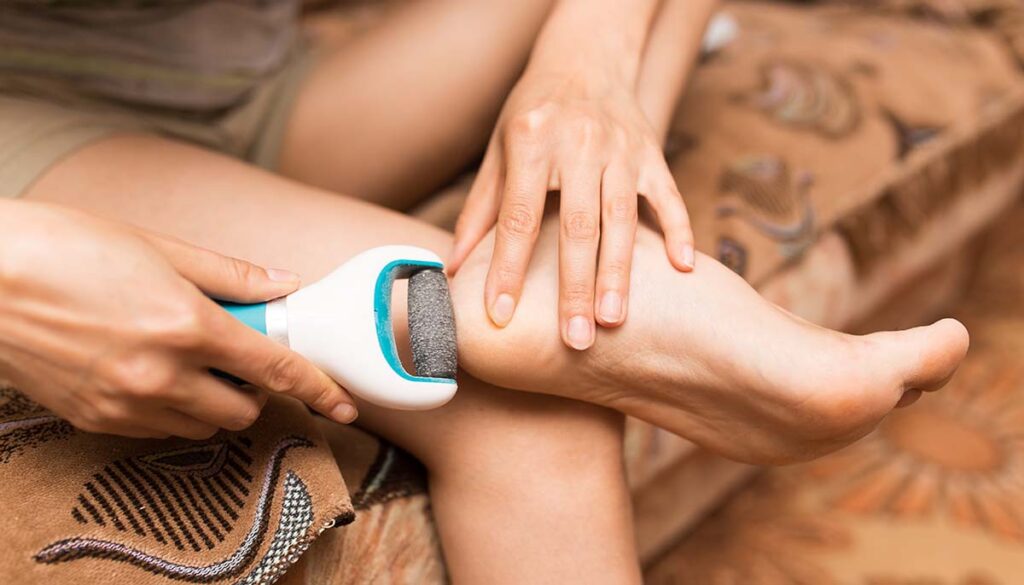
Pumice stones are used in the shower or bath to alleviate dry, calloused feet and toes. But no matter how rough your feet, you don’t have to scrub with all of your might to get the job done. In fact, some skin experts prefer multiple stones for different purposes rather than scrubbing too hard.
Try using a hard pumice stone to smooth any cracked and scaly areas of the feet. When scrubbing the bottom of the feet and the tips of the toes, use a softer pumice stone.
Don’t: Use it on Dry Feet
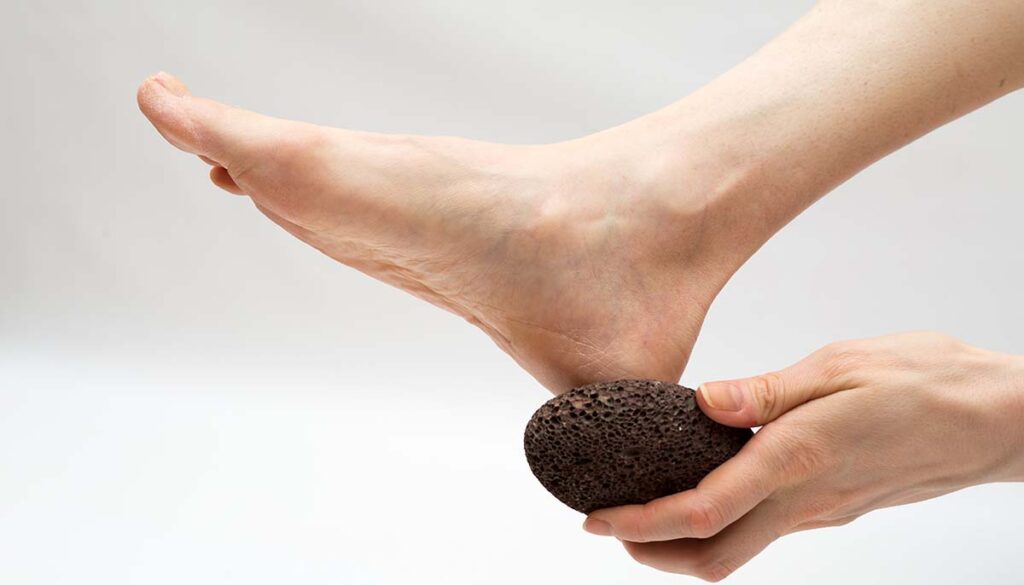
One of the biggest mistakes people make is attempting to pumice their bone-dry feet. It’s important to soften your skin before attempting to remove the dead cells. Otherwise, you can damage your skin.
Scrubbing dry skin is not only painful, it often leads to more harm than many realize, including lesions and cuts. And so, you need to soak your feet, but more on that in a minute.
Don’t: Overuse Your Pumice Stone
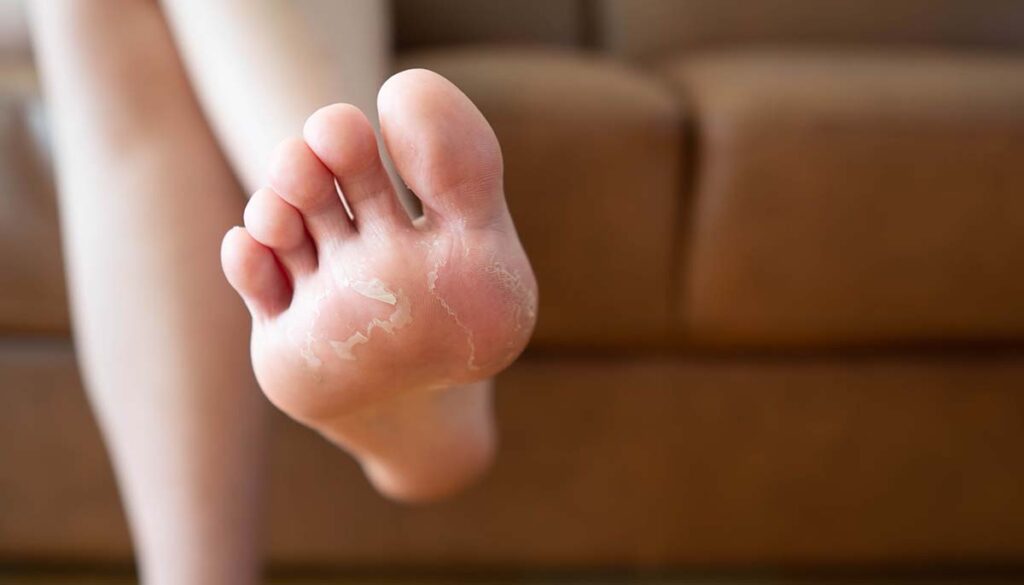
When it comes to removing dead skin, nothing works quite like a pumice stone. Pumice stones are generally safe, but they need to be used with caution. If you pumice your feet too often, you might wind up removing too much skin. And over-exfoliating has counterproductive consequences.
You don’t want to scrub your foot so raw that you make it more prone to pain, injury, infection, or perpetual dryness. “Pumice burn” is pretty painful, leaving your skin tender and difficult to walk on. So be gentle. It may take a while to get your feet in tip-top shape, but be patient with your pumice stone for best results. The golden rule: use your pumice stone once a week.
Don’t: Use it When You Have a Cut or Scrape
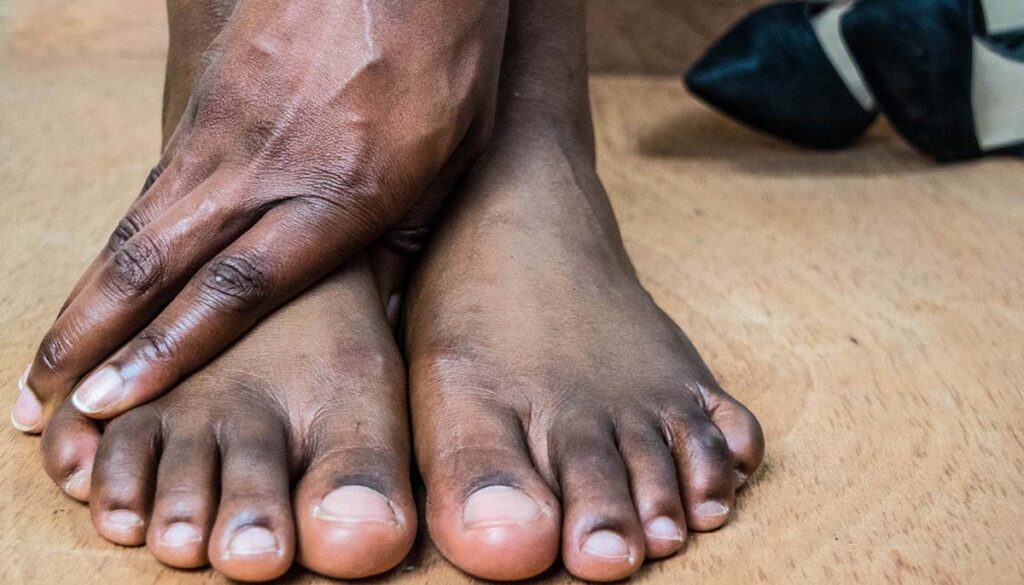
When choosing where to use your pumice stone, be mindful. There’s no reason to use it on soft skin, like the top of your foot, for instance. If you have areas with sensitive skin, don’t be overly aggressive in those areas. And avoid using it on the thinnest, most delicate parts of your feet. To avoid damage or injury, always focus on the rough and tough spots specifically. And never use a pumice stone on areas with scrapes, cuts, or a rash.
The goal is not to injure your skin. In turn, using a pumice stone in areas where you have an existing injury is never a good idea. If your foot is injured, avoid exfoliation until it heals to avoid further damage or infection. If you have a pre-existing medical condition that causes numbness in the feet, talk to your doctor before using a pumice stone. You don’t want to risk scrubbing too hard without knowing it.
If you need an alternative to pumice stones, look into leave-on peels used for dissolving layers of dead skin. Here are some of the best foot peel masks on the market right now.
How And Where to Use Your Pumice Stone
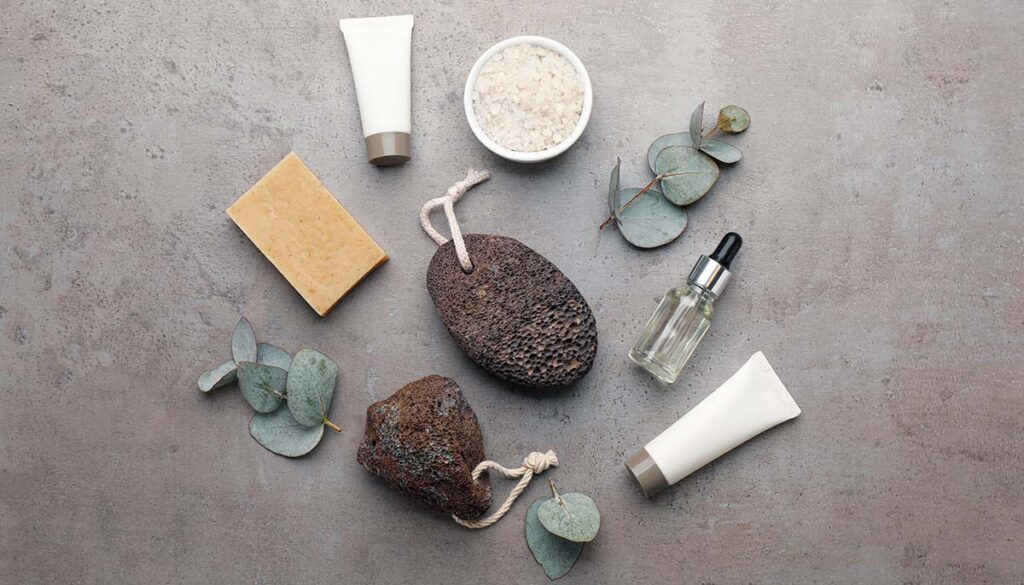
If your feet have patches of dry, thickened skin, especially on your heels, it might be time to consider a pumice stone. My mother has been using pumice stones for my entire life and her feet are in fact the softest, smoothest feet I’ve ever encountered. She encouraged me to invest in one for years before I finally did. And my only regret is not doing it sooner.
With that said, figuring out the best way to use it was a process of trial and error. As I scrubbed, scrubbed, and scrubbed, I learned the hard way that there is in fact an art to pumicing one’s foot. So before you repeat any of my home-pedicure mistakes, here’s what you need to know.
Do: Soak Your Feet (And Your Stone)
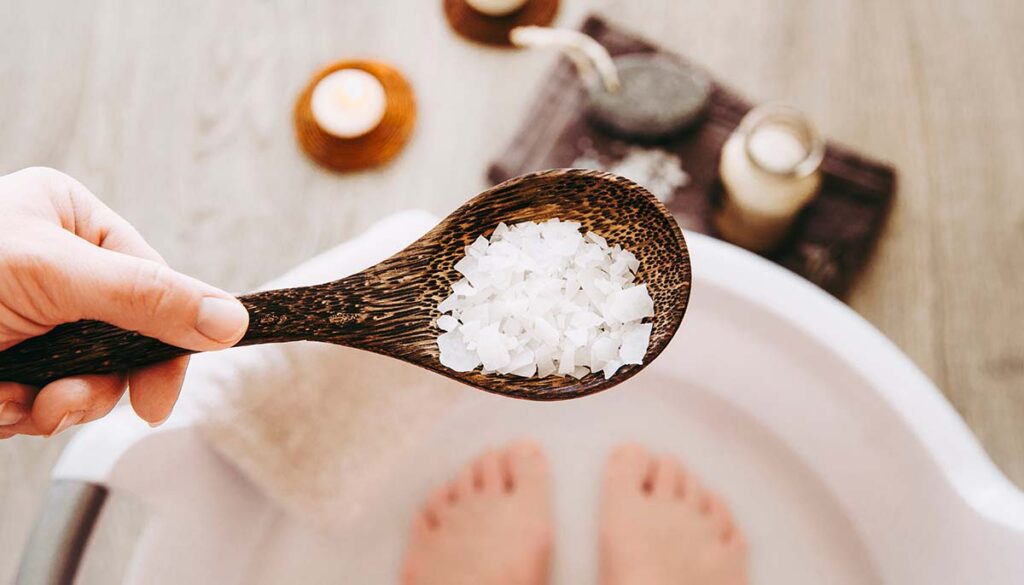
First things first, you need to soak your feet in warm water for five to ten minutes. This will soften your feet. Or, you can exfoliate your feet immediately after a bath or shower. As part of my self-care routine, I like to make pumicing my feet its own thing, fully separate from my bathing rituals. But to each her own.
While you’re soaking your feet, soak your pumice stone in the same water. This step is also why I like to have a special time for foot pumicing. Some people also like to add bath salts or special oils to their water. After you’ve soaked your feet, lightly pat the area dry that you plan to scrub. If it’s still rough. Soak it a little longer.
No matter how long you soak your feet and your stone, you always want your skin to be soft before you start scrubbing.
Do: Scrub Lightly

Apply the wet stone to the target area. While applying light pressure, rub in a circular motion. You should start to see the dry skin of your foot coming off as you scrub. Continue scrubbing for about 2-3 minutes. And remember, don’t aggressively grind the stone into your foot.
Forceful scrubbing might seem like the most effective way to remove dead skin, but you’ll likely be taking healthy skin off with it. You may even cause nerve damage. So resist any urge to apply more elbow grease. If you have properly soaked your feet and you’re working with a real pumice stone, you should get silky smooth results while scrubbing lightly. Once you’re done, rinse your feet and pat them dry.
Do: Apply a Moisturizer
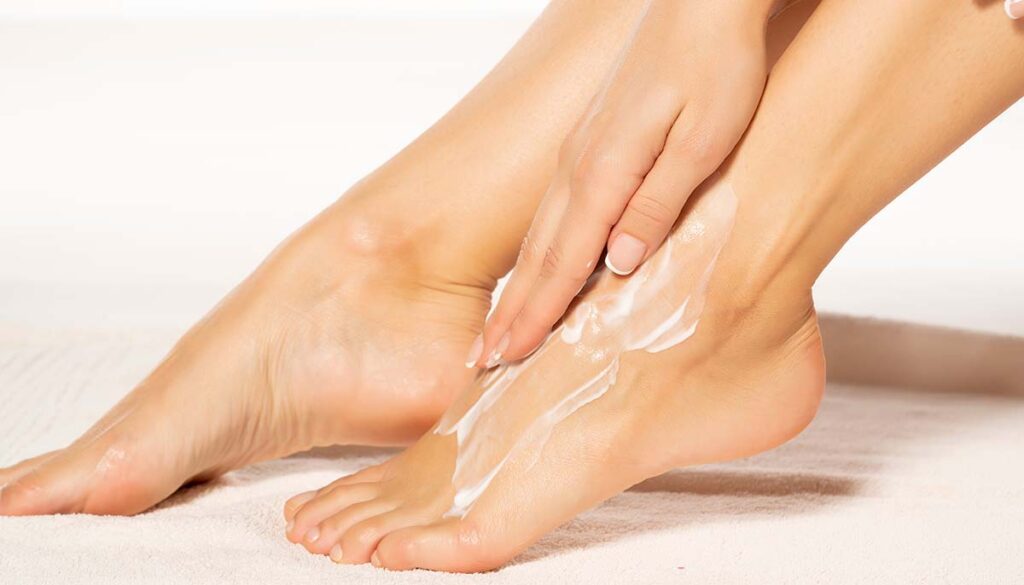
After patting your feet dry, apply moisturizer and/or oil to maintain moisture. Some skin experts suggest applying moisturizer a couple of days consecutively to lock in smoothness, and then once a week to maintain their softness.
Not to mention, it’s important to take care of your feet in between rounds of pumicing them. Here are the 14 best foot creams for dry and cracked feet, according to Allure.
Do: Store it Properly
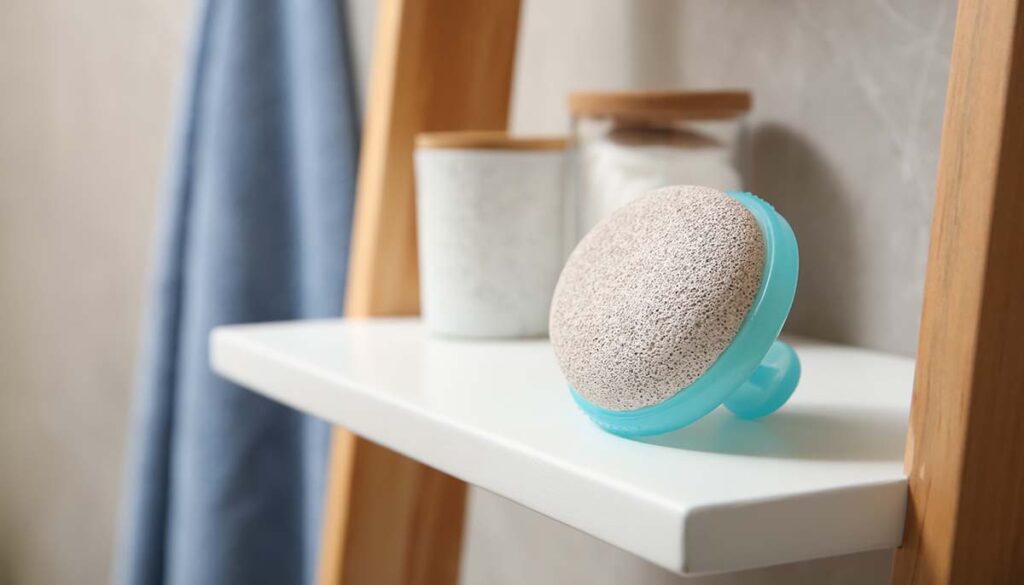
Pumice stones can be a breeding ground for bacteria. So don’t leave it sitting in a dark, mildew inviting corner of your tub. You also don’t want it getting splashed all of the time during your steamy showers. Bacteria thrive in warm, wet conditions. So avoid storing it there. Instead, keep your pumice stone in a dry place. And before you put it away, it’s imperative you remember to clean it.
Do: Clean it Thoroughly
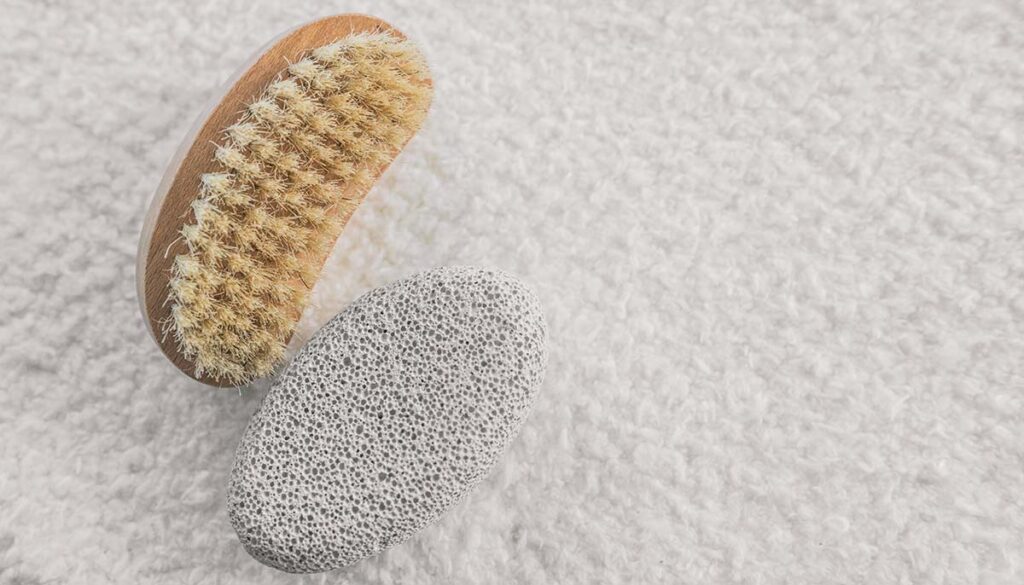
Nobody wants to transfer bacteria from their pumice stone to their foot, am I right? Because they’re made of lava rock, pumice stones are extremely porous. Along with bacteria that easily grow on the surface of your stone, your dead skin cells collect in those tiny holes over time.
There’s more than one way to effectively clean your pumice stone. The important thing is that you are remembering to clean it after every use. The more cleanings you skip, the more bacteria will collect. And so, if you’re investing in a pumice stone, invest in a bristle brush as well. It’s an easy way to scrub dead skin off your stone. Just run some water, add some soap (ideally an antibacterial soap), and start scrubbing.
For a deeper clean that really kills bacteria, you can spray the pumice stone with a 70 percent alcohol solution. Or, boil it in hot water for about five minutes. Most pumice stones come with a list of their own cleaning instructions, so don’t overlook the fine print. After you’ve cleaned it with your method of choice, let your pumice stone airy dry completely. Then store it in the dry, closed area you’ve selected.
Do: Replace it Regularly
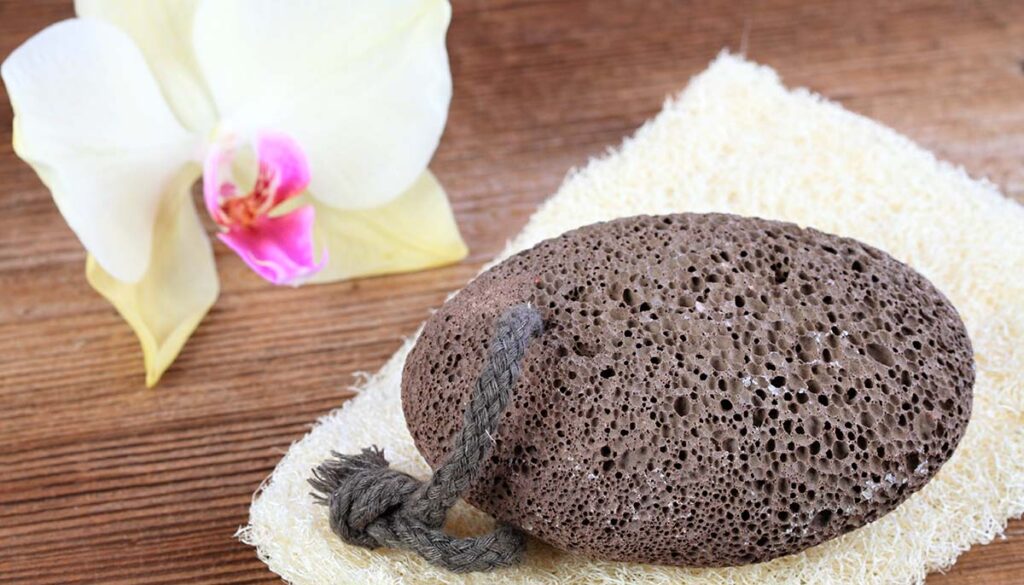
Pumice stones will wear down over time, especially the natural varieties. Considering they were designed by mother nature, they’re known to break down gradually. If a pumice stone becomes too smooth, small, or round, it’s no longer going to be as effective, if at all. So prepare to replace your pumice stone from time to time.
Finally, sharing is certainly caring, but don’t share your pumice stone with anyone else. Even if you and your sweetie or best friend do everything together, everyone should come to the pedicure party with their own stone, for hygienic purposes. The good news is, pumice stones are one of the most affordable self-care tools on the market. So start shopping, gorgeous.
Read More: How To Practice Self Care According to the Zodiac


